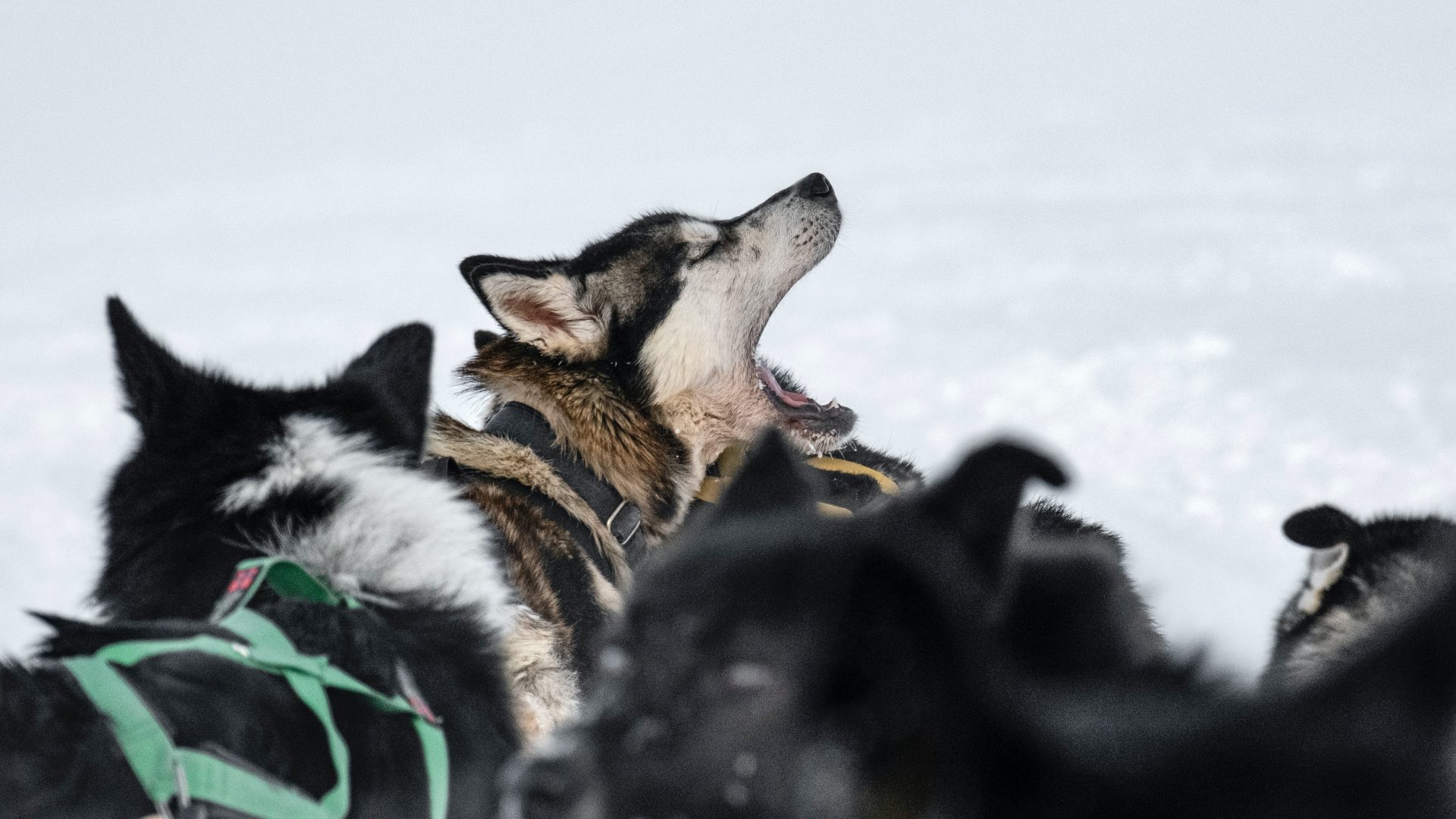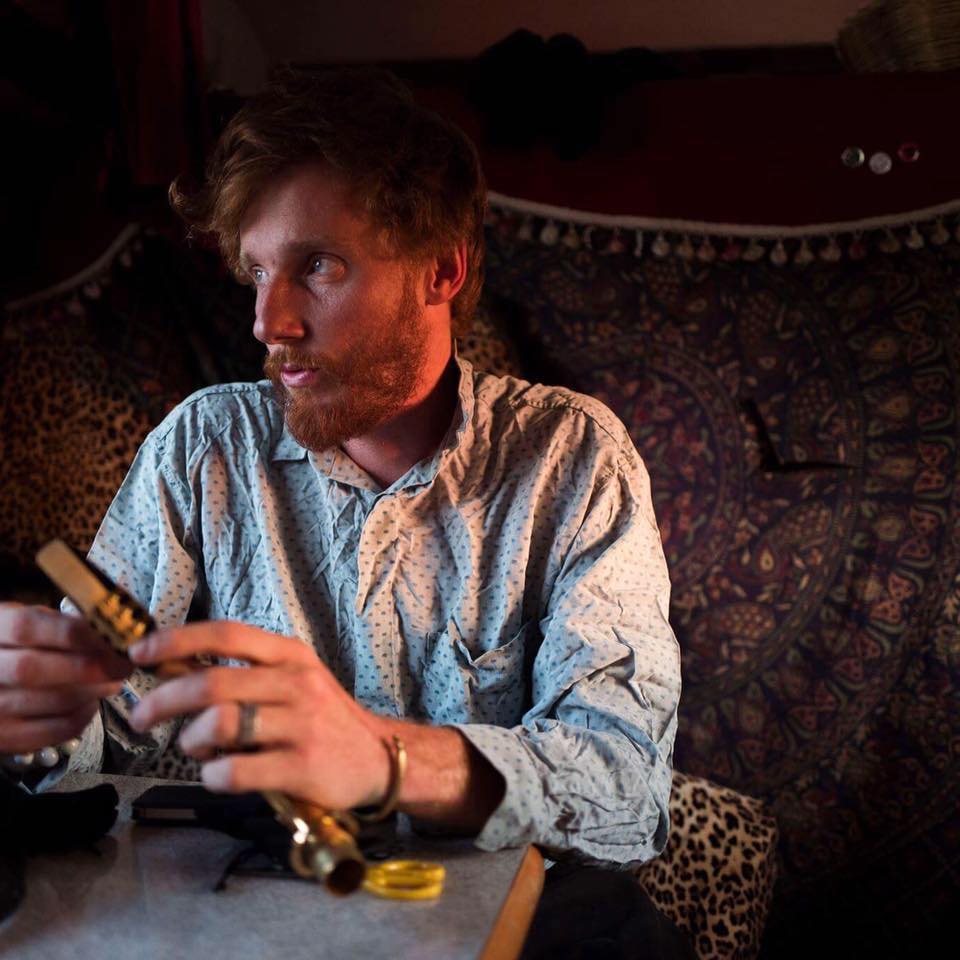
These five Indigenous mushers are keeping their dogsledding tradition alive in the face of climate change and ballooning costs


These five Indigenous mushers are keeping their dogsledding tradition alive in the face of climate change and ballooning costs
On Saturday, March 4, the 50th official Iditarod Race will kick off. This year, 34 mushers and sled dog teams will race from Anchorage to Nome, Alaska, in the world’s most famous sled dog race. Over the course of several days (the all-time course record is just over seven), mushers and their dog teams will travel through the snow-covered wilds of rural Alaska in one of the most iconic sporting events of the year.
This year, the field will include five Indigenous mushers, all veterans: Peter Kaiser, Yup’ik; Lars Momsen, Sami; Ryan Redington, Inupiat; Mike Williams Jr., Yup’ik; and Richie Diehl, Dena’ina Athabaskan.
All five Indigenous competitors are accomplished racers in their own right. Kaiser won outright in 2019 and finished in fifth place last year, and Redington, Williams Jr., and Diehl can all claim multiple top-ten finishes.
Like the other mushers in the race, they all have day jobs to pay their way in their sport. And dog sled racing isn’t cheap once you add up the costs of feed, travel, accommodations, and vet bills. There’s prize money at stake in all the races, but not enough to make a living. Most mushers have to supplement their personal incomes and race winnings with sponsorships, as well.
“Nobody’s ever gotten super-rich racing dogs,” Kaiser told ICT News (Indian Country Today). “It’s one of those sports where you want to be able to make enough money one season so you can afford it the next season.”
Exciting as it is to see a number of Indigenous mushers racing this year, the overall size of the field—only 34 teams—is the lowest in Iditarod history. It’s the result of a number of barriers of entry to the iconic event. The most immediate hurdle is the rising cost. For kennels deep in the Alaskan bush, impossible to reach by road, the cost of getting dog food and other supplies has increased by as much as 50 percent since just last year.
“I think you’re going to start seeing people running every two years or so, and not every year, so they can build up funds,” Kaiser said.
Another, more encompassing challenge for competitive dogsled racing is climate change. Less consistent and predictable weather patterns and overall warmer temperatures mean that some racers have to bring their dogs further afield to train, which means less time for work and sponsorships. According to the Environmental Protection Agency, the average temperature across Alaska has increased by approximately 3°F (1.6°C) over the past 60 years. This increase is more than twice the warming seen across the rest of the United States.
The Iditarod is the continuation of the centuries-old Indigenous practice of dogsled travel, but the event itself was founded in 1973. The approximately 1,000-mile course traces the historic 1925 serum run, when a musher and their team brought life-saving medicine by dogsled to the town of Nome, where the community was suffering from a severe outbreak of diphtheria, a respiratory disease. The Iditarod retraces part of the route of this serum delivery, finishing in Nome.
At stake in each Iditarod is more than just a finishing place. Former Iditarod competitor Mike Williams Sr., father of this year’s contestant Williams Jr., is also Chief of the Akiak Native Community. He sees the Iditarod, along with other shorter races, as maintaining an important part of Indigenous Alaskan culture. Since snowmobiles have largely replaced dog sleds as a day-to-day means of getting around in the winter, the races keep the cultural heritage alive.
Williams even went so far as to compare losing sled dogs to Plains Indians losing their horses. “As Indigenous mushers, we have to keep our way of life going,” Williams Sr. told ICT.
___
This year, you can watch the Iditarod livestream here.

Miyo McGinn is Adventure.com's US National Parks Correspondent and a freelance writer, fact-checker, and editor with bylines in Outside, Grist, and High Country News. When she's not on the road in her campervan, you can find her skiing, hiking, and swimming in the mountains and ocean near her home in Seattle, Washington.








Can't find what you're looking for? Try using these tags: